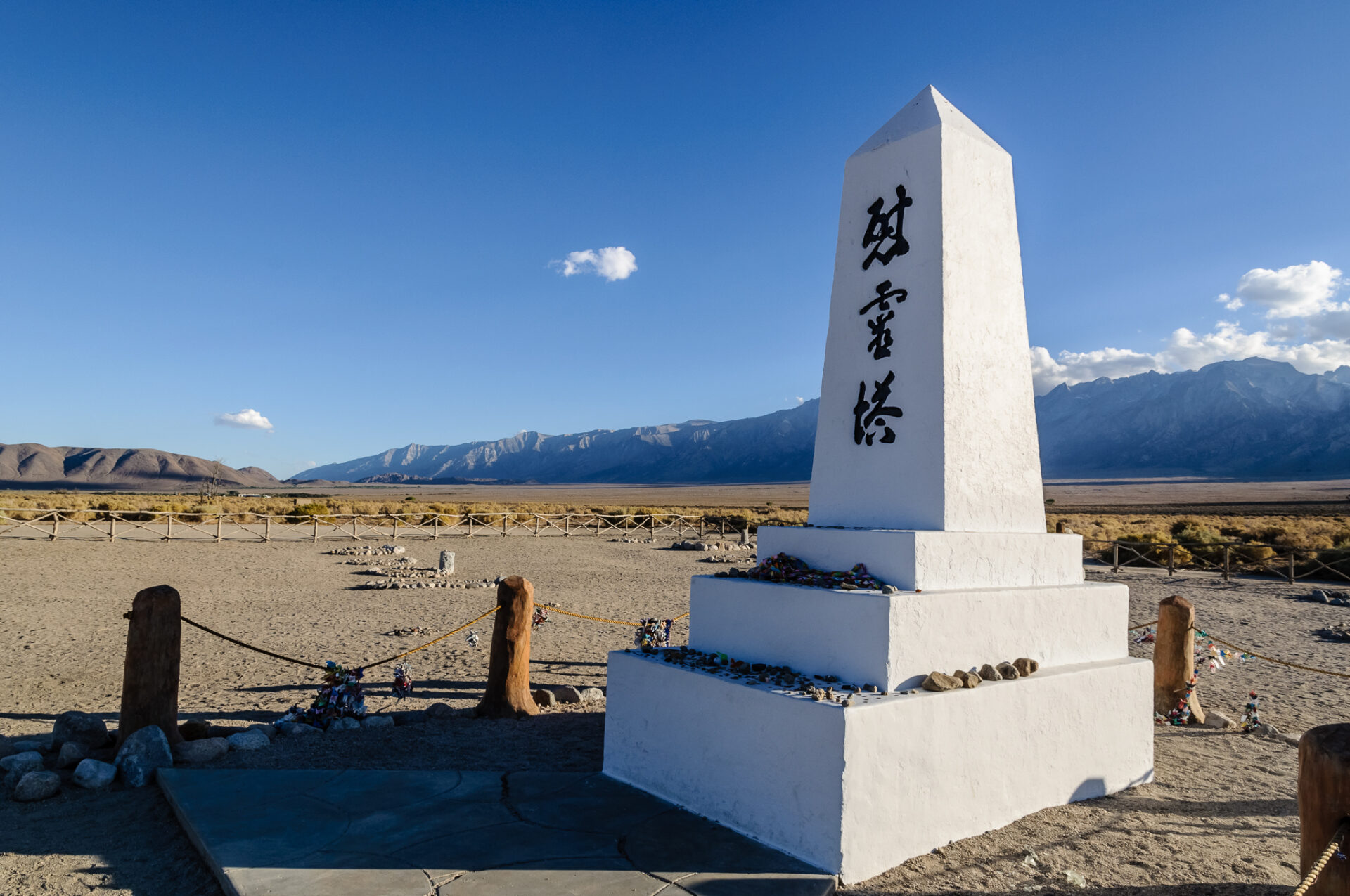Imagine one day, government agents citing “national security” forced you to leave behind your possessions and relocate to a camp in the middle of nowhere, even though you were a citizen who had never done anything illegal. That might not sound like something that happens in America, but it actually did happen to more than 100,000 Japanese living in the United States during World War II, the majority of whom were American citizens.
The government had an easy time finding ethnic Japanese because of the Federal Bureau of Investigation’s Custodial Detention Index, essentially a Nixon-style enemies list of citizens and non-citizens which the FBI built from 1939 to 1941, as well as the Alien Registration Act, which compelled non-citizens above 14 years old to register themselves and their locations with the federal government.
Ethnic Japanese internees weren’t charged with any crime or put on any trial; rather, just because of their ancestry, the federal government put them in concentration camps.
In the concentration camps, families of detainees were crammed into military-style “tar paper-covered barracks of simple frame construction without plumbing or cooking facilities of any kind” (as the War Relocation Authority characterized them).
Some detainees perished because of poor conditions and medical care; the great-aunt and great-grandmother of a friend of mine died of tuberculosis at the concentration camp at Manzanar. Other detainees were shot dead trying to leave the camps. Even after World War II and the release of the detainees, the internment wrought a deadly toll: “Survey information found former internees had a 2.1 greater risk of cardiovascular disease, cardiovascular mortality, and premature death than did a non-interned counterpart,” according to Gwendolyn M. Jensen in “The Experience of Injustice: Health Consequences of the Japanese American Internment.”
With that tragic history of American government oppression in mind, visiting the Manzanar National Historic Site near Independence, California, in August 2010 was a poignant experience. I saw the remaining tiny barracks where families had to live, as well as a guard tower that prevented them from leaving without permission. Most heart-wrenching of all, as I thought of my friend’s relatives, was the cemetery, in the center of which stood an obelisk memorializing the 146 people who died at Manzanar.
In the United States of America, the land of the free and the home of the brave, such an abomination as Manzanar shouldn’t exist. With the passage of time, most Americans have realized the internment of ethnic Japanese in concentration camps was a grave moral crime.
And yet, in the modern era…
The federal government asks American citizens to register their ethnicity in the census—the constitutional purpose of which is to count the number of voters in a given area for the drawing of electoral districts, not to help the government keep tabs on citizens’ ancestries. As we have seen, the American government rounding up innocent people just because of their ethnic heritage isn’t a paranoid delusion but accepted history. It can happen here; it has happened here.
Many Americans seem to hold all Muslims collectively guilty, or at least suspicious, for the attacks of September 11, 2001. This has been implicit in the hysteria over the “Ground Zero Mosque” (which was never to be either at Ground Zero or a mosque). The furor makes no sense except in the context of suspecting all Muslims because of 9/11. This evokes what in the 1940’s Lieutenant General John L. DeWitt told Congress in support of Japanese internment:
They are a dangerous element. There is no way to determine their loyalty… It makes no difference whether he is an American citizen, he is still a Japanese. American citizenship does not necessarily determine loyalty… But we must worry about the Japanese all the time until he is wiped off the map.
We should pause to remember where such bigotry leads: to monstrous places like Manzanar.
(See more pictures from Manzanar.)
